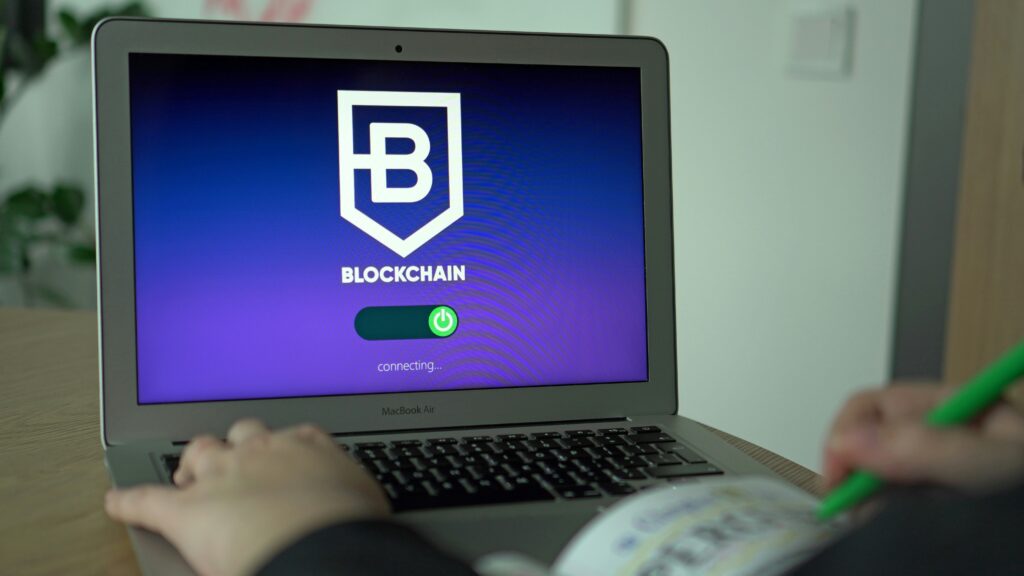Rising energy costs and mounting environmental pressure are forcing industries and households to reconsider how they use power. It’s not a trend, it’s just reality. Whether you’re managing an office building or a small apartment, the monthly charges keep climbing—and so does the sense of urgency to cut carbon footprints.
That’s where smart tech steps in. Automated thermostats, intelligent lighting systems, and demand-based energy controls aren’t futuristic toys anymore. They’re practical, affordable, and increasingly necessary. With energy spikes becoming the norm, these tools are shifting from ‘nice to have’ to ‘must have.’
IoT—meaning smart networks of connected devices—is turning out to be one of the most scalable answers. It’s not just about saving on the bill. It’s about optimizing usage in real-time, detecting waste fast, and building in resilience for whatever rolls in next. The systems are getting sharper and more user-friendly, which means more people can actually use them without hiring an expert. Better control. Fewer surprises. Less waste. That’s the pitch—and it’s starting to deliver.
The Internet of Things, or IoT, is just a fancy way of talking about devices that connect to the internet and talk to each other. Think smart thermostats, lights you control from your phone, or even a fridge that tracks what’s inside. These gadgets collect data, react to your habits, and often adjust automatically. That’s the core idea: machines responding with minimal human input.
At home, IoT shows up in smart speakers, doorbell cameras, robotic vacuums, and connected kitchen appliances. In the workplace, you’ll see it in everything from energy-efficient lighting systems to inventory trackers and wearable safety gear for employees.
What makes these tools powerful is the data they gather. A smart light system knows when rooms are occupied and adjusts accordingly. A sensor in a factory might track temperature and power usage. The end goal is usually the same — cut down on waste, whether that means using less electricity or reducing time spent on manual tasks. IoT makes small things add up so people and businesses use resources more wisely.
Smart home tech has grown up. We’re past the phase of gimmicks and glowing dashboards — now it’s about money saved and energy used wisely. Thermostats don’t just follow preset schedules anymore. They learn your habits, adjust in real time, and help cut heating and cooling costs without making you lift a finger.
Smart plugs and lighting systems let you control appliances and bulbs down to the minute. Want the coffee maker to kick in five minutes before you wake up? Easy. Want the lights off at midnight even if you forget? Done. Appliance scheduling isn’t just clever — it’s efficient.
Then there’s real-time energy tracking. More people are watching exactly how their devices eat up power. This data makes it easier to spot what’s draining the bill and to change habits quickly. Families who barely touched their thermostats or switched off lights are now slicing energy costs with minimal effort.
The bottom line: smart automation isn’t about bells and whistles. It’s about precision, peace of mind, and not overpaying the utility company.
Smart HVAC systems and automated lighting aren’t just buzzwords anymore. They’re now standard tools in the modern facility manager’s kit. These systems adjust in real time based on interior climate, time of day, or how many people are in a space. No more guessing thermostat settings or leaving entire floors lit up overnight.
Occupancy sensors feed energy management platforms with useful data—who’s in the room, when, and for how long. The result is leaner operations with far less waste. Buildings essentially manage themselves while humans focus on higher-level strategy.
The reason facility managers are leaning into Internet of Things tech is straightforward: efficiency. With strained budgets and rising energy costs, technology that delivers precision without disrupting workflow is a clear win. And the return on investment speaks for itself. From reduced utility bills to longer equipment life, modern IoT solutions are proving they’re not just smart—they’re practical.
Smart energy usage is no longer just about saving money—it’s about running smoother, leaner operations. By analyzing energy usage patterns over time, systems can start to fine-tune themselves. Lights, HVAC, machinery—they all adjust to actual needs instead of fixed schedules. This kind of optimization cuts waste and extends the life of equipment.
Built-in alert systems are now common in smarter infrastructure. They monitor consumption and flag unusual spikes before they turn into real problems. If a machine runs hotter or longer than it should, alerts go out. This helps prevent breakdowns or energy overuse, which translates directly into less downtime and fewer surprise costs.
Machine learning takes this even further. These models learn from day-to-day patterns and adjust automatically. They’re not just following rules—they’re improving as they go. Over time, that means business operations get tighter, more predictable, and cheaper to run.
For a closer look at how machine learning is reshaping operations, check out this guide: Using Machine Learning in Everyday Business Operations.
Weighing the Real Costs and Risks of Smart Tech in Vlogging
Getting into the smart tech game isn’t cheap. IoT gear — smart lights, AI-driven cameras, automated editing setups — can drain budgets fast. But over time, creators who invest wisely often spend less. Automating repetitive tasks saves hours. Fewer hours means more content or more breathing room.
Still, money’s only part of it. Privacy is the looming elephant. These tools collect data — audio cues, location, behavior patterns. Vloggers have to think not just about their own risk, but their audience’s. A single slip, like an unsecured camera feed or third-party plugin, can wreck trust.
And then there’s the headache of integration. That slick new livestream rig might choke when paired with an older editing station. Legacy systems don’t always play nice with the latest tech. Vloggers need to vet compatibility before adding new tools to their workflow. What looks seamless in a demo can turn into a debug nightmare off-camera.
Before jumping into any tech-heavy rollout, get clear on what you’re trying to solve. Are you chasing cost savings? Looking to reduce your carbon footprint? Need to stay compliant with new regulations? Define what success looks like early, and let that guide every choice that follows.
Start small. Focus on low-risk wins — think smart plugs, occupancy sensors, or energy trackers that are cheap, quick to install, and offer immediate feedback. These tools give you hard data fast and help build buy-in across teams.
Before scaling to the entire workplace, take a beat. Office environments come with quirks — legacy systems, layout limitations, competing priorities between departments. Run a pilot in one area. Gather usage data, collect employee feedback, and be ready to adjust.
As you deploy, don’t forget: maintenance and monitoring are just as important as setup. Assign someone to watch performance, update firmware, and flag problems before they snowball. A little attention goes a long way to protect your investment and keep everything humming.
Smart upgrades don’t have to be complicated — but you do need to be intentional.
The Internet of Things (IoT) isn’t just about smart homes and voice commands anymore. In 2024, it’s become a strategic tool—especially for vloggers and content creators who are serious about efficiency and performance.
Better energy use and smarter setups start with better data. From tracking power consumption in a home studio to automating lighting and uploads, IoT devices are creating small gains that add up fast. Think smart plugs, cooling systems tied to usage patterns, or even lighting that adjusts based on time slots or filming needs.
The top players—those with consistent output and lean content machines—are already using these tools. Early adopters aren’t just saving time, they’re getting ahead in reliability, cost, and even content quality. For the rest, it’s not too late, but the gap is growing. Vloggers who ignore automation and data are playing catch-up in a game that’s moving fast.


 Mikeric Edwardsons is a technology writer at gfxrobotection, specializing in cybersecurity trends, software solutions, and modern tech innovations. His content simplifies complex topics to deliver real value for both beginners and tech professionals.
Mikeric Edwardsons is a technology writer at gfxrobotection, specializing in cybersecurity trends, software solutions, and modern tech innovations. His content simplifies complex topics to deliver real value for both beginners and tech professionals.

